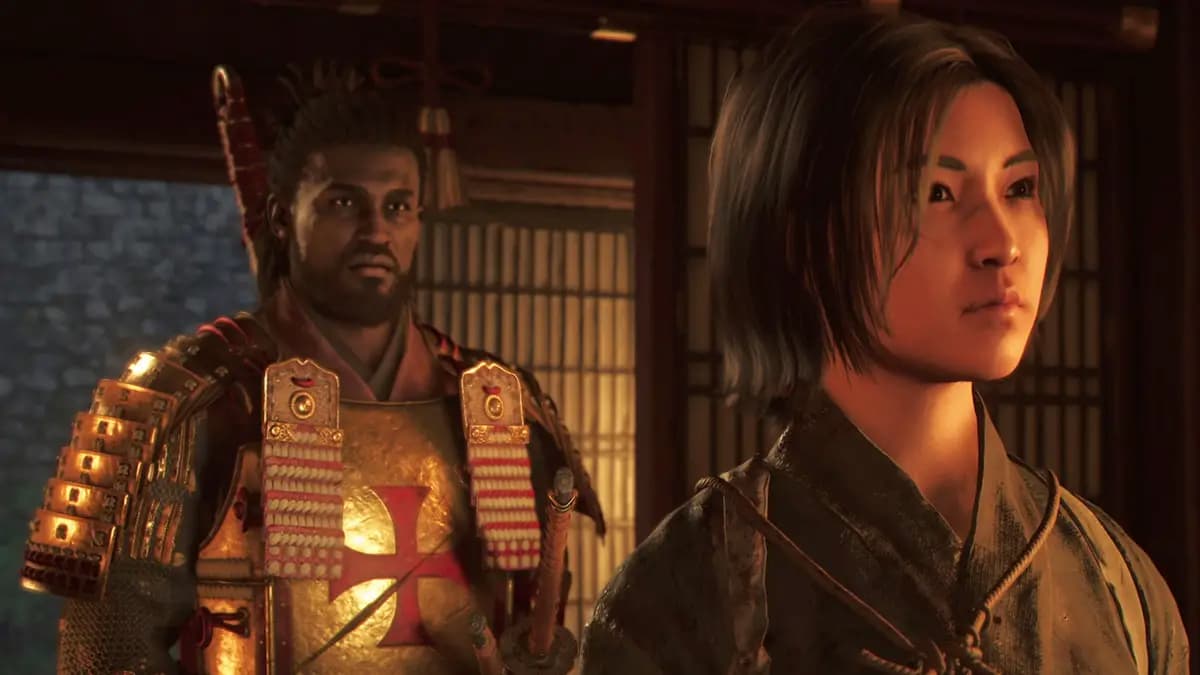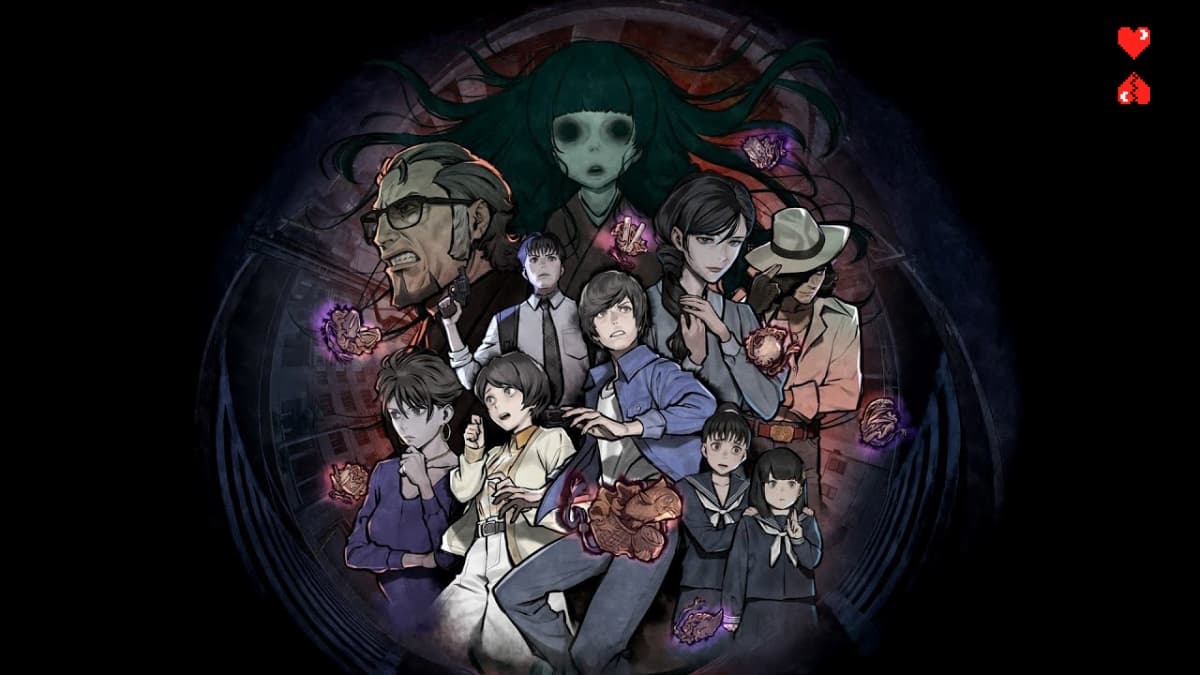As Star Wars fans, it’s tempting to fixate on everything wrong with the franchise under Disney. But even the most anti-Disney devotees must admit that the House of Mouse occasionally nails the brief, like with Obi-Wan vs. Maul in Star Wars Rebels – the best lightsaber duel of the Disney era.
Related: The Star Wars Machete Order Does The Phantom Menace Dirty
Certainly, it’s among the shortest. The final clash between two of a galaxy far, far away’s fiercest rivals wraps up in just three moves apiece. There’s not a single location change, much less any high-flying acrobatics; it’s over almost before it begins. Indeed, on paper, this ranks as one of the least impressive laser sword-centric set pieces since Disney bought Lucasfilm in 2012. So, why am I mentioning it in the same breath as the likes of Rey vs. Kylo Ren in The Force Awakens or Ahsoka Tano vs. Anakin Skywalker in Ahsoka Season 1?
It’s simple: because there’s more to a great lightsaber duel than flashy choreography and an epic duration. Other, more important factors tip the scale – and Obi-Wan vs. Maul covers them all.
What Makes a Great Lightsaber Duel?
There are two criteria all great lightsaber duels must meet. The first is tangible stakes, which in turn generates genuine tension. For example, in The Empire Strikes Back‘s Luke Skywalker/Darth Vader clash – easily the best duel in the original trilogy – Luke’s life is clearly on the line. Not only is Vader a more skilled, much stronger swordsman, but his Force powers also easily eclipse young Skywalker’s fledgling abilities. As such, it’s a nail-biting battle.
Plus, The Empire Strikes Back makes a point of framing Luke as expendable. When Obi-Wan describes Luke as the galaxy’s last hope, Yoda reminds him they have a spare space savior waiting in the wings. The implication is clear: if our guy dies fighting Vader, the Star Wars franchise will go on without him, so all bets are off. Did anyone seriously think that Vader would actually kill Luke in The Empire Strikes Back? Probably not. But it’s easy to get caught up in the moment, especially when Luke starts crashing through windows and loses a hand!
Related: Star Wars Rebels: What Episode Is Obi-Wan vs. Maul In?
The other criterion that all great lightsaber duels have is that they’re rooted in character development. They’re about more than just people fighting – they’re about using that fight to tell us who these people are and what their arc is. Let’s go back to The Empire Strikes Back example. Here, Luke’s impulsiveness lands him in over his head, and he’s left physically and emotionally battered. Along the way, he also shows an alarming, un-Jedi-like aggression during combat.
Yet his hero status is reinforced when he bravely chooses (seemingly) certain death over the Dark Side after Vader defeats him and plays the “I am your father card.” This tells us a lot about who Luke is: his big heart can bring him unstuck, but his innate decency will ultimately keep him in check. This characterization later pays off at the climax of Return of the Jedi‘s Luke/Vader rematch.
We also learn a lot about Vader during the Empire Strikes Back duel. The Sith Lord is, in hindsight, testing Luke rather than trying to kill him – and that’s important to Vader’s journey later on, too.
Rebels Obi-Wan vs. Maul Scene Is a Master Class in Tension
So, how does Obi-Wan vs. Maul stack up against both of these criteria? Well, ostensibly, the fight in “Twin Suns” fails the tension test. We already know Obi-Wan has to emerge victorious (or alive, at least) because he doesn’t die until A New Hope, which takes place after Rebels. However, just like The Empire Strikes Back, “Twin Suns” does a terrific job of making us forget the rules.
Throughout the episode, Obi-Wan makes no bones about how eager he is to avoid a fight with Maul. So, coupled with Obi-Wan’s advanced age – his character model is based on A New Hope‘s wizened Kenobi, not Clone Wars‘ far more sprightly incarnation – there’s a growing sense that the Jedi Master can’t go head-to-head with the still-vital Maul. It just doesn’t seem plausible that this chilled-out, silver-haired wizard could face down such a diabolical foe.
Related: Magic Was Always Part of the Star Wars Universe
And “Twin Suns” milks this setup for all it’s worth. When Obi-Wan and Maul circle each other, the former is still reluctant to draw his lightsaber. It takes Maul indirectly threatening Luke Skywalker’s life for Kenobi to thumb his Jedi weapon to life. Even then, the pair trade no blows. Obi-Wan shifts stances (settling on one favored by his late master, Qui-Gon Jinn) while Maul shuffles his feet. The anxiety mounts, becoming unbearable. Obi-Wan looks determined, but is he really up to this?
Of course, he quickly – and decisively – proves that he is. Obi-Wan withstands Maul’s flurry of swings before slicing the ex-Sith down the middle after he tries the same move that brought down Qui-Gon. The message is clear: Obi-Wan always knew he could win the duel with Maul – he just didn’t want to.
Obi-Wan and Maul’s Rebels Duel Reveals Their True Natures

Obi-Wan’s hesitance to throw down, compared with Maul’s bitter belligerence, is ultimately the crux of their Rebels showdown. It explains why their last-ever stoush is so brief – and it’s how said stoush ticks off the “Great Lightsaber Duels” character development criterion. Because, as Rebels co-creator (and “Twin Suns” co-writer/director) Dave Filoni told Gizmodo in 2017, the old enemies’ contrasting characterizations ultimately define the action.
“I felt strongly Obi-Wan, if he could help it, would really rather not kill Darth Maul,” Filoni said. “Obi-Wan is at a point […] where he’s become rather enlightened. He’s been in the desert discovering who he is and really evolving as a character. He’s not that young, brash kid that went into a fight with Maul out of anger for the fact his master was killed. It can’t be that same situation this is so many years later. Maul, for his part, is pretty much hung up on that exact moment. That’s where his life went wrong. He can’t let it go.”
Related: A Key Star Wars: The Phantom Menace Character Met a Sad, Strange Fate After the Film
“When pressed, because Obi-Wan is protecting someone else in the end, he does fight,” Filoni added. “But because he is so true and knows who he is in that moment, you can’t defeat that. So Obi-Wan is going to strike down Maul because Maul is such a broken and lost person, which I think is why in the end you see Maul being cradled by Obi-Wan […] Obi-Wan is willing to forgive this person who is so cruel and terrible because he feels pity for him.
“To his dying breath Maul is hoping there will be some revenge exacted upon his enemies […] Obi-Wan expresses sadness there because that means that Maul has never grown and will never be released from his suffering.”
This is deep stuff – but then what else would you expect from the best lightsaber duel of the Star Wars‘ Disney era?
Every episode of Star Wars Rebels (including “Twin Suns”) is currently streaming on Disney+.














Published: Jun 23, 2024 6:00 PM UTC